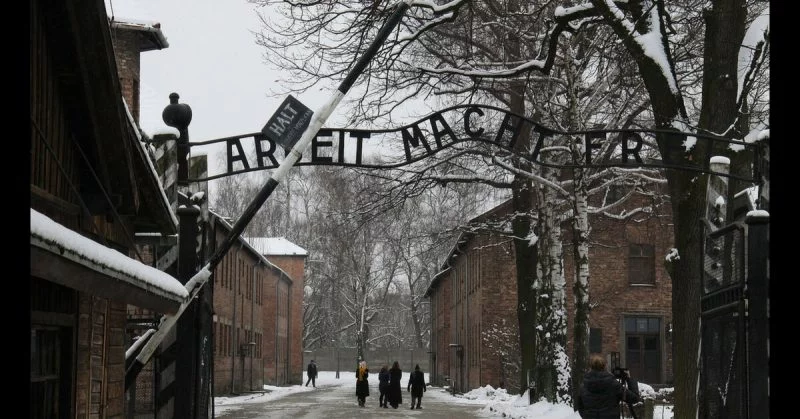Just last year, a teenager from Israel received a fine for urinating on a Holocaust memorial at the Auschwitz-Birkenau museum.
A tourist visiting the Auschwitz death camp in Poland has been arrested and charged with the attempted theft of an item of cultural importance.
The 37-year-old man from the United States of America could spend ten years in prison for trying to take a piece of the railroad tracks from the Holocaust memorial site.
Officials say that the man confessed to trying to take part of the tracks where prisoners were unloaded at the camp during World War II.
This is the latest in a string of theft and vandalism at the site. Recently, officials also asked tourists to stop posing for pictures while balancing on the tracks that brought over a million Jews to their death.
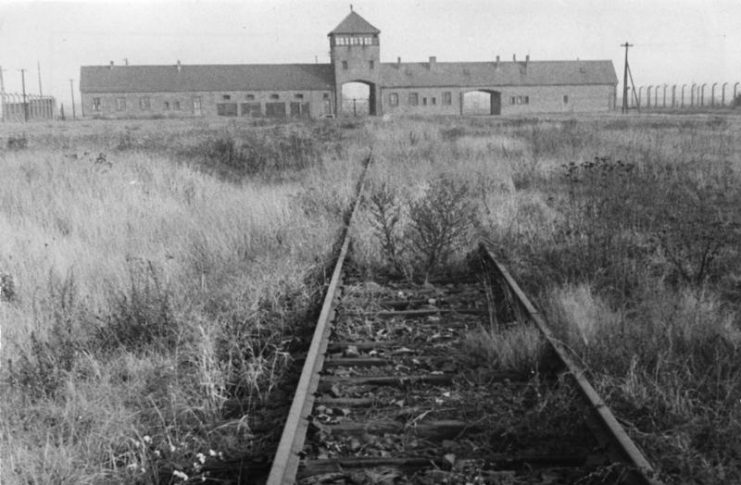
Bundesarchiv, Bild 146-1992-101-026A / Wilson / CC-BY-SA 3.0
In 2009, the sign was stolen from the front gate. This was the sign with the famous message: “Arbeit Macht Frei (Work Will Set You Free)” and it was subsequently found cut into pieces. A former Swedish neo-Nazi was sentenced with masterminding the crime and jailed for more than two years.
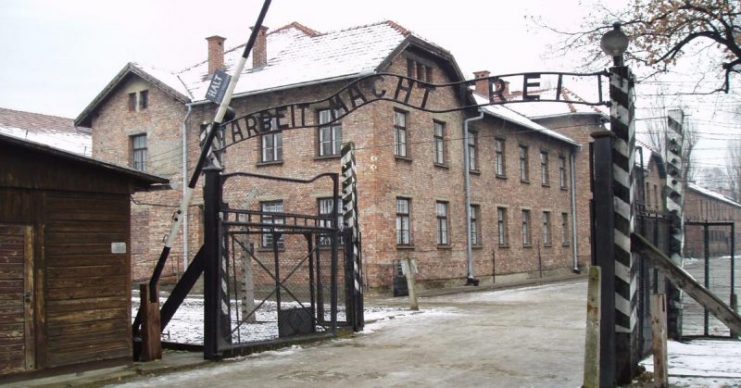
Two British schoolboys were caught in 2015 trying to steal buttons and other artifacts from the site. They were fined £400 each.
Just last year, a teenager from Israel received a fine for urinating on a Holocaust memorial at the Auschwitz-Birkenau museum.
The news of the latest theft comes as 700 artifacts from the Holocaust were in transit to New York for an exhibition at the Museum of Jewish Heritage. The artifacts include a train car similar to the one used to transport women and children to Auschwitz and other Nazi death camps.
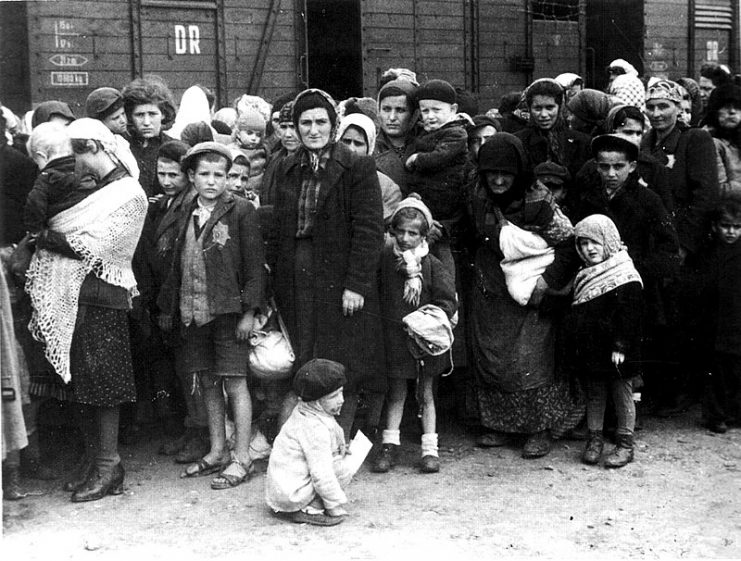
The exhibition is the most comprehensive exhibit about Auschwitz ever staged in North America. It opens on May 8, 2019, and runs until January 3, 2020.
May 8th is also known as VE Day or Victory in Europe Day. It marks the date that Germany surrendered.
https://youtu.be/wJk6YQ_1sHY
The exhibition was previously on display in Madrid where it was extended twice and brought in more than 600,000 visitors. It shows the development of the Nazi ideology and the history of the Polish town named Oświęcim which became one of the most significant Nazi sites in the Holocaust.
The Auschwitz camp, also known as Auschwitz-Birkenau, was opened in 1940. It was the largest Nazi concentration and death camp. Originally, it was used to house political prisoners, but it grew into a network of camps used to exterminate Jews and other people the Nazis considered enemies.
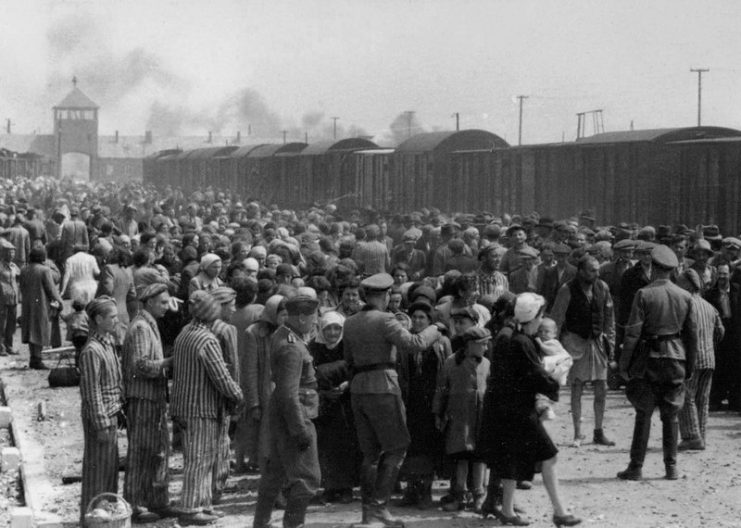
It is estimated that more than 1 million people were killed in Auschwitz.
Auschwitz I was built in 1940. People living around Oświęcim were forcibly evicted and their homes bulldozed in order to build the camp. This first camp in the Auschwitz network held between 15,000 and 20,000 political prisoners. It was this camp that had the infamous “Work Will Set You Free” sign on the gate.
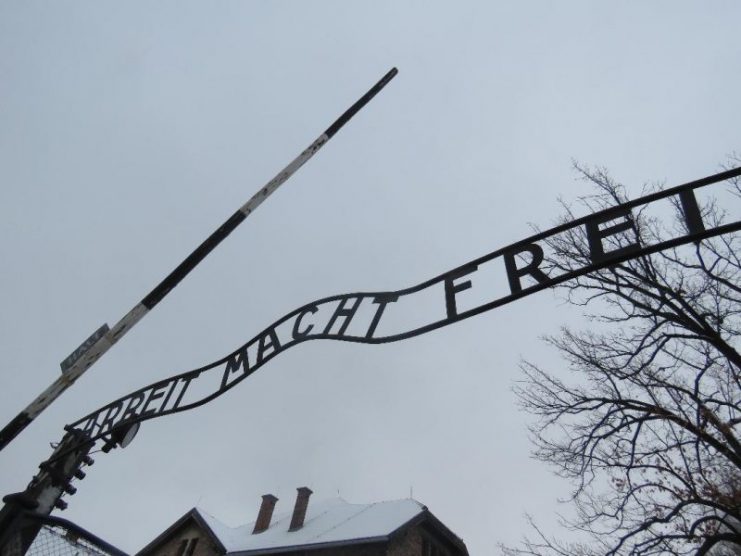
Auschwitz II was built in 1941. Also known as Birkenau, this camp could hold around 90,000 prisoners. It is also the site of the bathhouses used to execute prisoners en masse with poison gas. It housed crematory ovens to burn the corpses. Most of the victims of Auschwitz were killed in Birkenau.
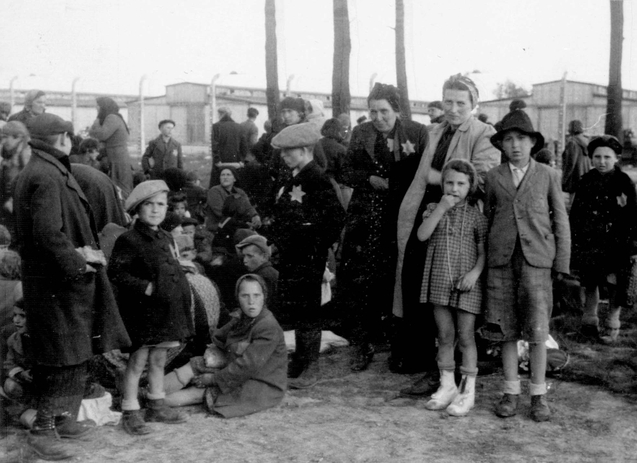
Read another story from us: Emotionally Tough Virtual Tour: Inside the Auschwitz Concentration Camp
There were over 40 other additional subcamps which were used as slave labor camps. The largest of these was called Monowitz or Auschwitz III. It began operation in 1942 and could hold 10,000 prisoners.
The Soviet army liberated the camp in 1945. They found thousands of starved prisoners and piles of corpses in the camp.
